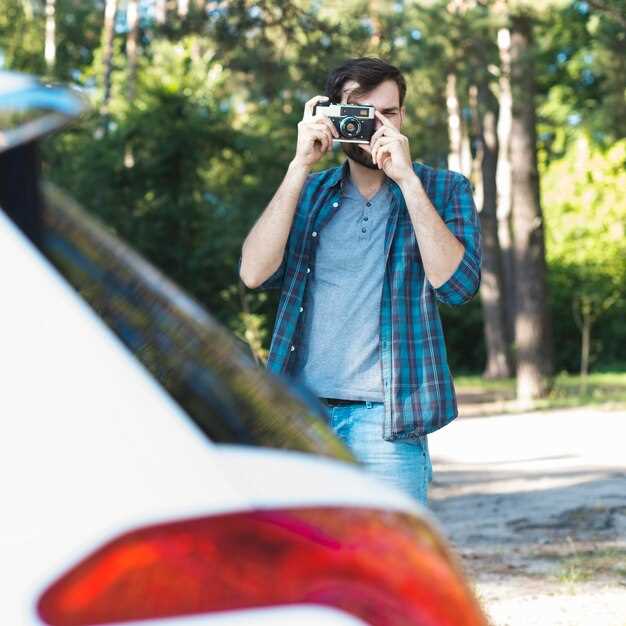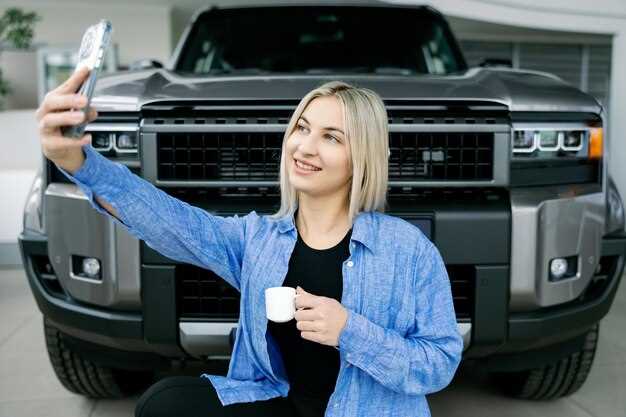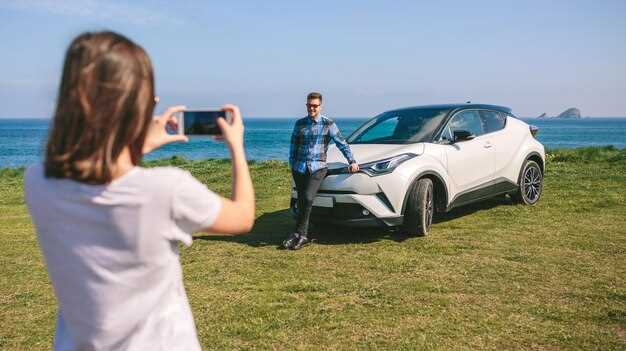How to take great photos for car ads

In today’s competitive marketplace, effectively selling a vehicle online requires not only a great listing but also stunning visual content. High-quality photos can make all the difference in attracting potential buyers. A captivating image can draw in customers, making them more likely to engage with your advertisement and, ultimately, make a purchase.
Understanding how to showcase your vehicle in the best light is crucial. The visual appeal of your car advert can significantly impact the selling process. By utilizing the right techniques, you can highlight your vehicle’s best features and capture the attention of online shoppers. This article will provide you with practical tips to enhance your car photography skills, ensuring that your advertisements stand out in a crowded digital marketplace.
From choosing the right location to perfecting lighting and angles, mastering the art of car photography involves a few essential steps. By incorporating these strategies into your photo shoots, you will create images that not only represent the vehicle accurately but also make it desirable to potential buyers. Whether you’re a professional seller or an individual looking to sell, these tips will help you elevate your online listings and increase your chances of closing the deal.
Choosing the Right Location and Background for Your Car Photos
When it comes to vehicle photography, the choice of location and background plays a crucial role in effectively showcasing the car’s features. A well-thought-out setting can elevate your images, making them more appealing to potential buyers. Here are some tips to consider when selecting the perfect backdrop for your photos.
Opt for locations that complement the car’s design and style. For instance, a sleek sports car may look stunning against a modern urban skyline, while a rugged SUV might be better suited for a natural landscape or off-road setting. This synergy between the vehicle and its surroundings can enhance the visual narrative, making the car more relatable to its target audience.
Natural lighting is another crucial factor. Aim for the golden hour–shortly after sunrise or before sunset–when the light is softer and warmer. This type of lighting reduces harsh shadows and highlights, ensuring that the vehicle looks its best. Additionally, consider the background elements; avoid cluttered or distracting scenes that may take attention away from the car.
In the context of selling your vehicle, it’s wise to choose locations that evoke a specific lifestyle or aspiration. For example, parking a luxury car in front of an upscale home or a scenic overlook can suggest a desirable lifestyle that potential buyers may aspire to. This emotional connection can significantly influence their interest in the car.
Lastly, keep versatility in mind. A single location can offer various angles and backgrounds, allowing for diverse shots without needing to relocate. This flexibility can help in capturing the essence of the vehicle from multiple perspectives, maximizing your photography efforts.
Mastering Lighting Techniques for Vehicle Photography

Effective lighting is crucial when it comes to capturing stunning photos of vehicles for selling online. The right lighting can highlight the contours, colors, and details of a vehicle, making it more appealing to potential buyers. Understanding how to manipulate natural and artificial light will elevate your photography skills and enhance the buyer’s experience.
Natural light is one of the best options for vehicle photography. Shooting during the golden hour, which occurs shortly after sunrise or before sunset, provides soft, diffused light that reduces harsh shadows and adds a warm glow to the vehicle. Position the vehicle so that it faces the sun or has the sun behind it, creating a pleasing silhouette and enhancing the shape without overwhelming glare.
When dealing with midday sun, consider using diffuse materials, such as white sheets or reflectors, to soften the light. This technique helps eliminate unflattering shadows and creates a more uniform illumination across the vehicle’s surface. Additionally, shoot in shaded areas to avoid the intense contrasts created by direct sunlight; this ensures that colors appear vibrant and consistent.
Artificial lighting can be beneficial in low-light conditions or when trying to create specific effects. Using softbox lights can mimic natural light and help achieve a professional look. Position lights at 45-degree angles to the vehicle to illuminate it evenly while minimizing reflections. Experimenting with colored gels on lights can add creativity and mood to the photos, showcasing the vehicle in a unique way that appeals to different audiences.
Incorporating reflections into your shots can enhance the visual interest of vehicle photographs. Capture images near glass surfaces or water to create dynamic reflections that draw attention. However, be mindful of excessive reflections that can distract from the vehicle itself; aim for a balanced composition where the vehicle remains the focal point.
Post-processing also plays a vital role in refining lighting in vehicle photography. Utilize software to adjust brightness, contrast, and saturation for a polished finish. Be careful not to over-edit, as this can misrepresent the vehicle and deter potential buyers.
Mastering lighting techniques not only improves the aesthetic quality of vehicle photographs but also boosts their effectiveness in online selling environments. A well-lit image can make the difference between a sale and a missed opportunity, so invest time in understanding and experimenting with various lighting methods for optimal results.
Editing Tips to Enhance Your Car Advert Images

To make your vehicle photography stand out online, effective editing is essential. Here are some valuable tips to enhance your car advert images.
1. Adjust Brightness and Contrast: Start by fine-tuning the brightness and contrast levels. This helps in bringing out the details of the vehicle and making the colors pop. Ensure that the image does not appear too washed out or overly dark.
2. Crop for Composition: Use cropping tools to eliminate unnecessary elements from the frame. Focus on the vehicle, ensuring that it occupies a dominant position within the composition. This draws viewers’ attention directly to the car.
3. Color Correction: Ensure that the colors in your photographs reflect the actual appearance of the vehicle. Use color correction tools to adjust hues and saturation, making the car look more appealing while staying true to its real-life shades.
4. Sharpen Details: Apply sharpening effects to enhance the finer details of the vehicle, such as the reflections on the body and textures of the tires. This creates a more crisp and professional look, making your car image stand out.
5. Remove Distractions: Use editing software to remove any distracting elements in the background. A clean backdrop can significantly enhance the focus on the car, making it the hero of the advert.
6. Utilize Filters Sparingly: Filters can add character to your images, but they should be used sparingly. Overusing filters can distort the true appearance of the vehicle. Choose a subtle filter that complements the car’s design without overpowering it.
7. Add a Subtle Vignette: A subtle vignette effect can draw the viewer’s attention towards the vehicle. This technique works particularly well in making the automobile appear more dramatic, emphasizing its lines and features.
By implementing these editing strategies, you can significantly elevate the quality of your car advert photography, making it more enticing for potential buyers online.




